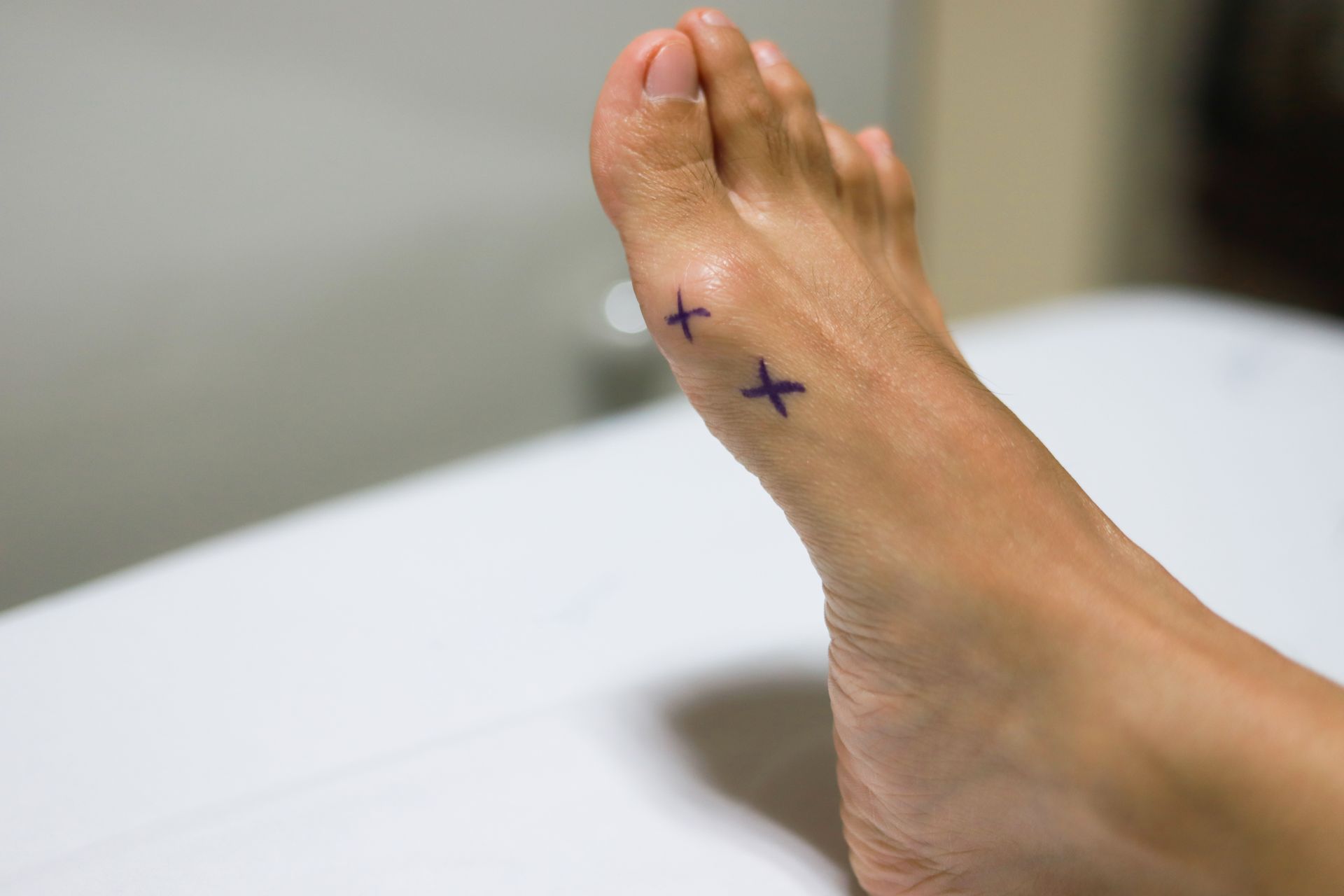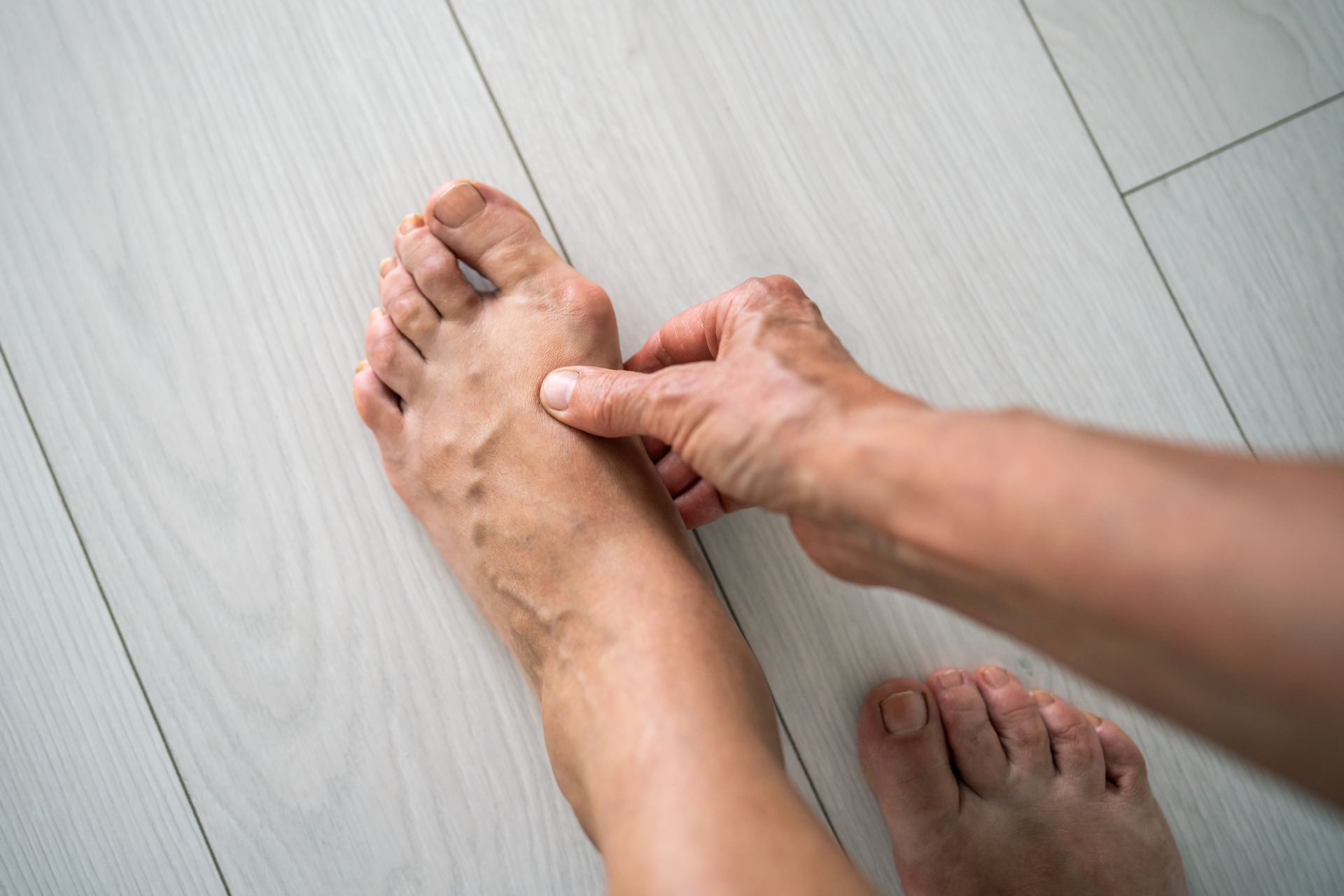When Does a Bunion Need Surgery?
What is a Bunion?
A bunion deformity (medically termed hallux valgus) is one of the most common conditions that I treat in my Baton Rouge podiatry practice. Typically, a bunion presents as a bump or bony prominence at or near the big toe joint. Bunions can be present at a young age or they can develop and become larger as one ages. The development of a bunion is usually gradual over many years, but occasionally I have patients who experience significant worsening over a short period of time. Often a bunion will occur on only one foot or will be larger on one foot than the other. Certain shoes and activities can aggravate a bunion causing more irritation or discomfort.
Do Non-Surgical Treatments Work for Bunions?
There are a number of non-surgical bunion treatments such as over-the-counter pads, cushions and splints. Some patients do get relief from silicone toe spacers and other in-shoe cushions. A problem can arise if the pad or cushion is bulky and takes up too much space in a shoe. Bunion night splints also offer some symptomatic relief. Unfortunately these measures do not typically straighten the toe the way braces can straighten teeth for example. Because these options are relatively easy to try, they should be attempted prior to considering surgery.
Other non-operative treatments include periodic icing of the painful area, wider or softer toed shoes and modifying painful activities. Medications and corticosteroid injection can also be beneficial.
When do I Need to Have Bunion Surgery?
Bunion surgery is one of the most common and gratifying operations that I perform annually in my Baton Rouge podiatry practice. Satisfaction rates are very high and the recovery is usually uneventful. Many patients, following bunion surgery, are able to resume normal activities and shoe gear after a successful operation. A key to this success is deciding the correct time to have bunion surgery.
I tell patients daily, that you don’t perform bunion surgery because of the size of the bunion but because of the symptoms. That means some patients have what visually appears to be a severe sized bunion, but the patient only experiences mild symptoms or no painful symptoms at all. On the other hand, I often see patients with a mild or moderate sized bunion who experiences significant painful symptoms. Painful bunion symptoms can include redness and swelling, sharp pain and aching, having to modify daily and recreational activities and having difficulty finding comfortable, enclosed shoes.
Another consideration with bunion surgery is the patient’s home and work environment. Patients with a desk job have an easier time recovering and sometime require less time off of work with recovering. Patients who live on the second floor of a home or apartment and patients who live alone sometimes need to make special arrangements during bunion surgery recovery.
There are a number of factors to consider before scheduling bunion surgery. If you have a painful bunion and have any questions, please don’t hesitate to come and see me.


